Nose Fractures
Nasal fractures are common and they often occur in patients who participate in contact sports and martial arts. Fortunately in Singapore, violence (domestic or bar brawls) accounts for a small percentage of nasal fractures. The nose is made up of a bony outer skeleton in its upper third. The lower two-thirds of the external nose is made up of the upper and lower lateral cartilages which are soft and not prone to fractures.
The nasal passages are divided into two by the nasal septum that lies in the midline. This nasal septum is part cartilage and part bone. Nasal trauma can result in fractures of the septum.
Recently a student came to see me with a nasal fracture sustained whilst training in martial arts. His nose was deviated to the right.
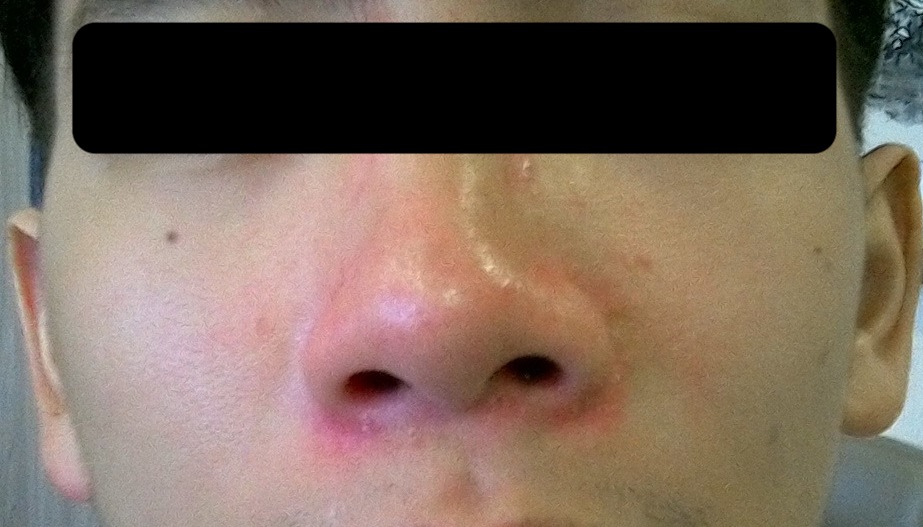
I undertook an x-ray and also a nasal endoscopy. The x-ray showed a fracture and the scope showed a deviated septum to the left which I felt may have been long-standing.
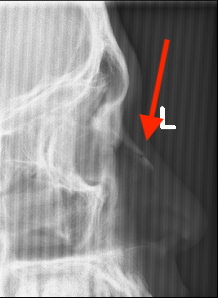
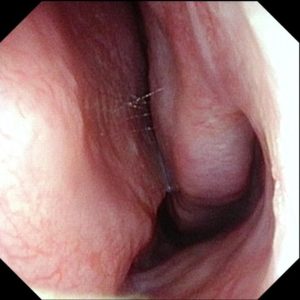
I offered the student a manipulation and reduction of his nasal fracture. These procedures are best done after the swelling from the fracture has subsided. In significant fractures, the procedure is often best done under sedation or a short general anaesthetic.
A few days later, the procedure was done successfully under a very short general anaesthetic, and I applied a splint to protect the nose for several days.
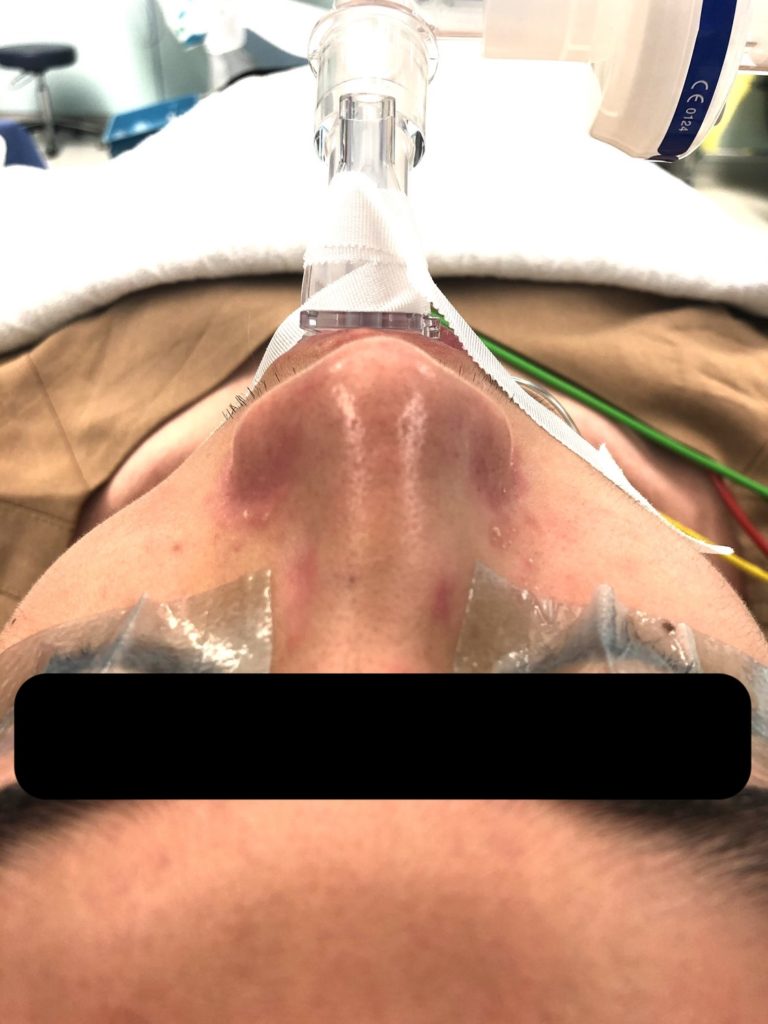
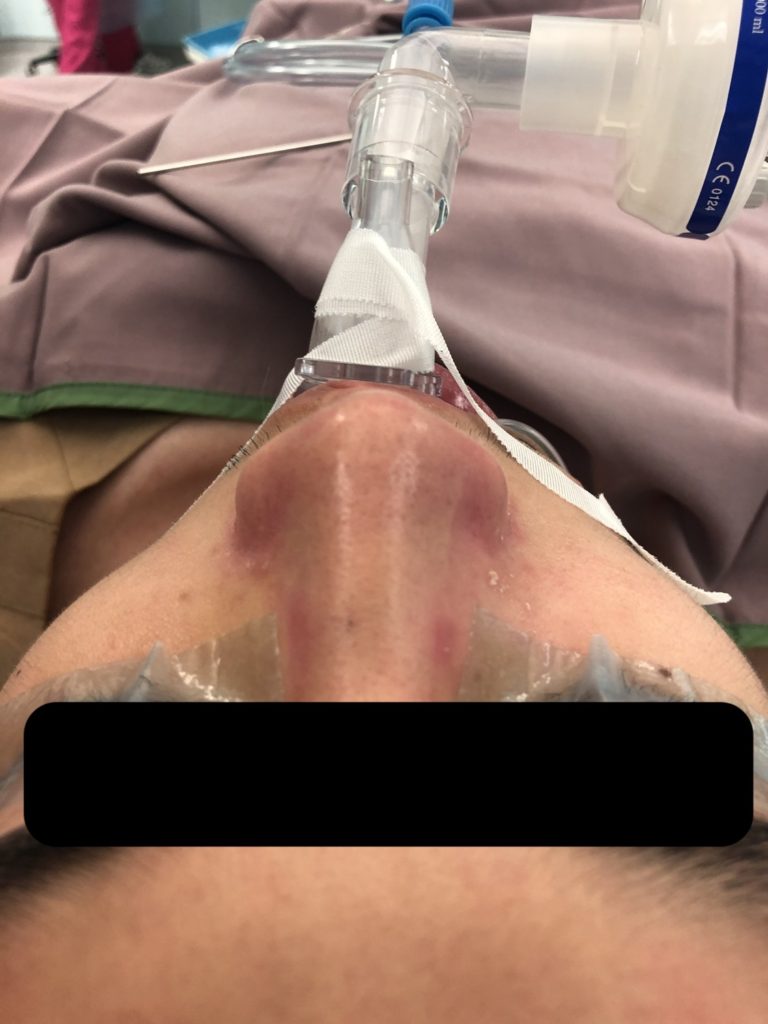
I have asked my patient to write about his experience which he has kindly obliged.
My patient experience of a nose fracture
On 5 May 2021, I had a sports accident that resulted in a fractured nasal bone. When I first consulted with Dr Jeeve, he suggested that I go for a manipulation and reduction procedure under general anaesthesia (GA) to repair the fracture. The GA requirement surprised me but was necessary to minimise discomfort and avoid the risk of aspirating blood. The procedure itself was simple, but I was hesitant about it as it was my first time undergoing GA. I had heard from others about how GA was like, but it still worried me as I was never comfortable with the idea of being sedated. I asked Dr Jeeve whether the procedure was necessary, and he replied it was mostly cosmetic unless I had breathing difficulties (which I did not). However, as a young guy, why would I want to live with a crooked nose for the rest of my life?
Being a medical student, one may expect me to not have any concerns for such a simple procedure. But having learned what GA was and having observed surgeries, I knew about the potential risks of surgery. Perhaps it was this and my overthinking that made me so uncertain about the procedure. After much discussion with Dr Jeeve, I still left the clinic undecided.
It took much encouragement from my family, who had all undergone GA before. They convinced me that since I knew what surgeries were like from a surgeon’s perspective, why not also understand it from a patient’s perspective.
On the actual day, I had to fast 6 hours before the procedure, and arrive at the hospital 2 hours before. I was brought to my day surgery room, where I changed into a hospital gown. I had my personal details and history taken several times by different nurses, and again by the anaesthetist outside the operating theatre. This repeated process was tedious but important to ensure correct patient identification and elicit any outstanding medical history to prevent complications during or after the procedure.
I was then brought into the operating theatre. As I lay on the operating table staring at the bright lights above me, my anxieties began to peak and my heart started pounding. I could hear the loud beeping sound of the machines recording my heartbeat speed up too. The anaesthetist then set up an IV cannula for the GA. He informed me that they were going to start now, and the nurses placed an oxygen mask over my mouth. I was told to breathe in slowly, and before I knew it, I was knocked out. When I opened my eyes, I was already in the recovery room, feeling like I just woke up from an interrupted nap. I could only remember what happened before and after the procedure and had no recollection of the procedure at all. In total, the entire procedure took about 10 minutes, but it felt like 10 seconds to me.
I had a cast placed over my nose during the procedure to protect the area from further injuries and was discharged later that evening after Dr Jeeve checked on me.
I attended my follow-up appointment the following week, and Dr Jeeve was pleased with the results. He also said my previously deviated nasal septum had also improved, which was a pleasant surprise since he told me that correcting the nasal septum often required a separate surgery.
Overall, it was a fruitful learning experience for me. I am very satisfied with the results, as my nose now appears straighter than before my injury. Undergoing GA for the first time can be a frightening experience for some. However, I realised we often worry more than necessary. It pays to have confidence in the surgeon, as their knowledge and expertise can alleviate many of the worries a patient has.
Share this blog via:
